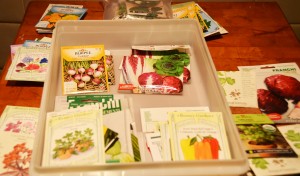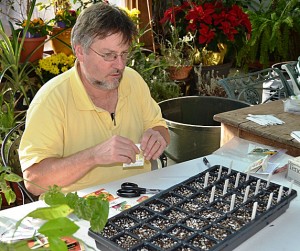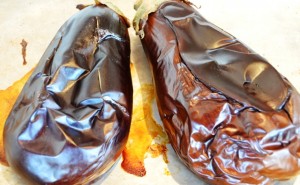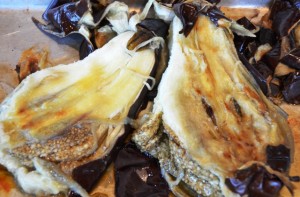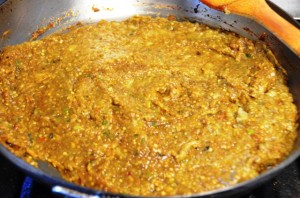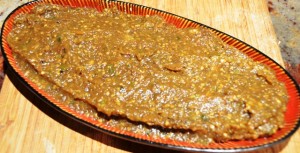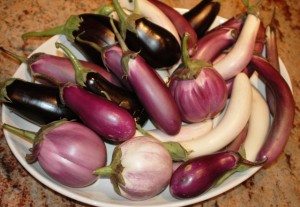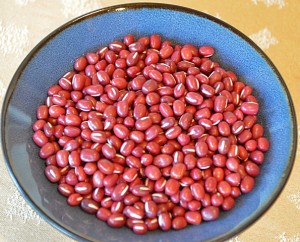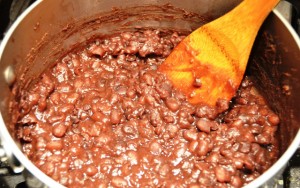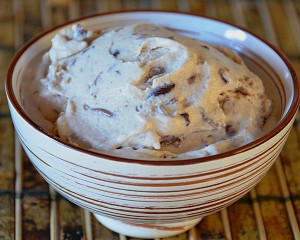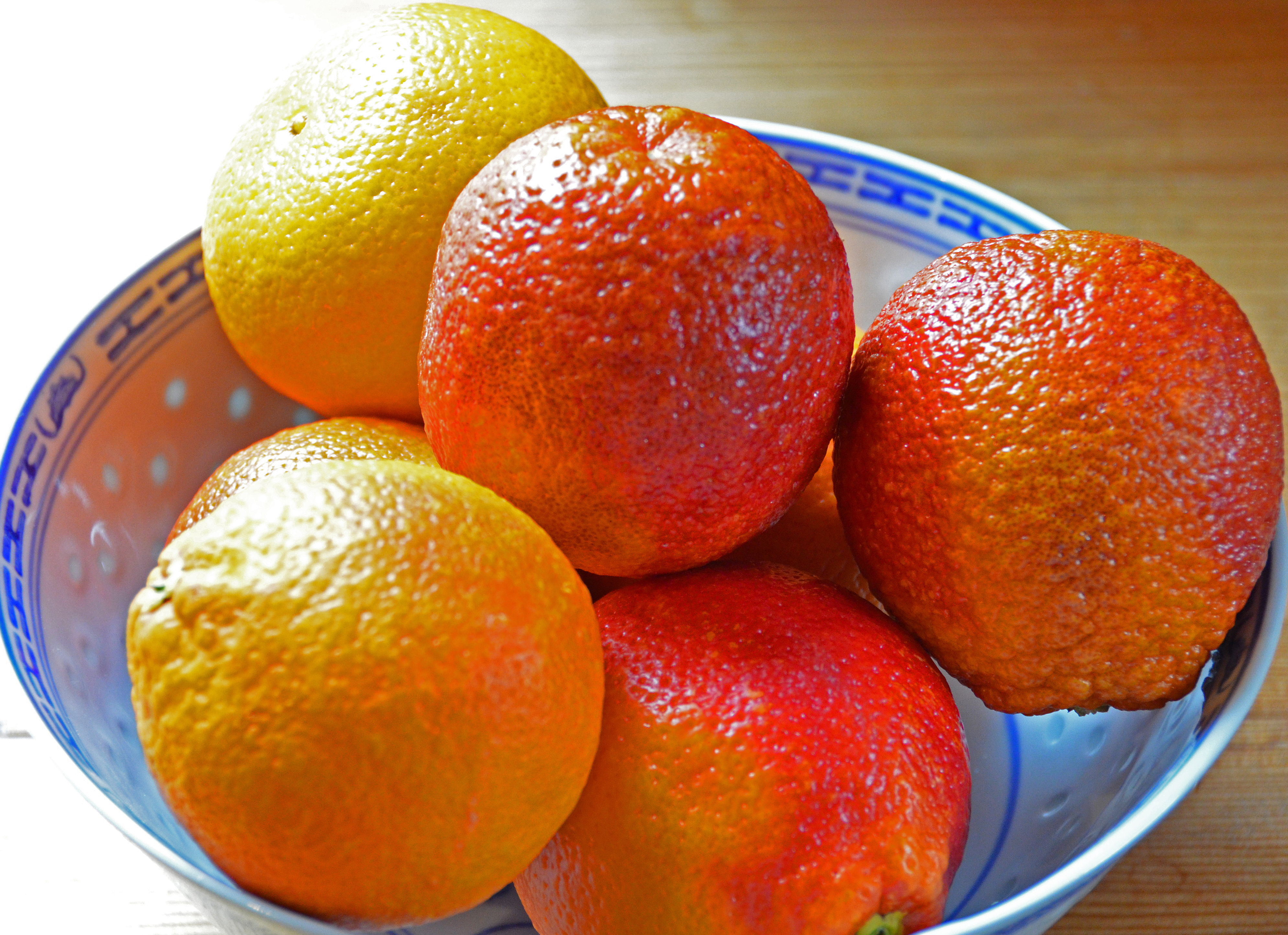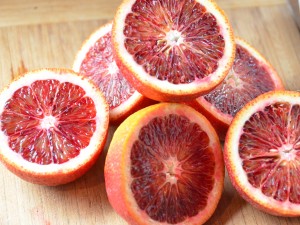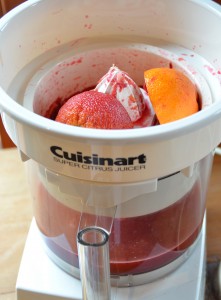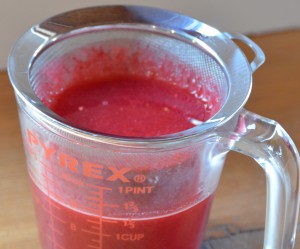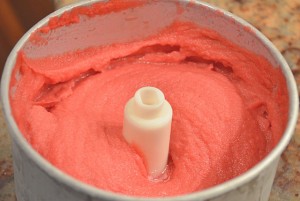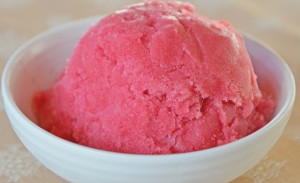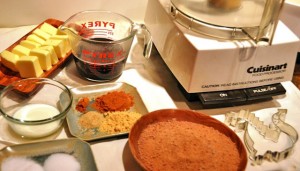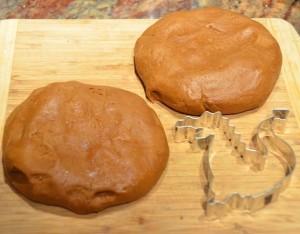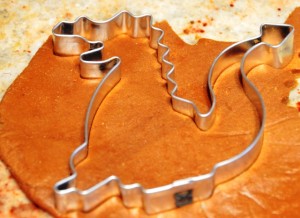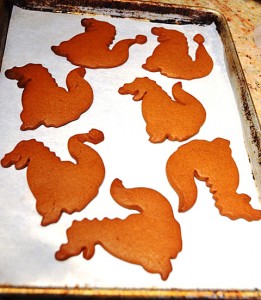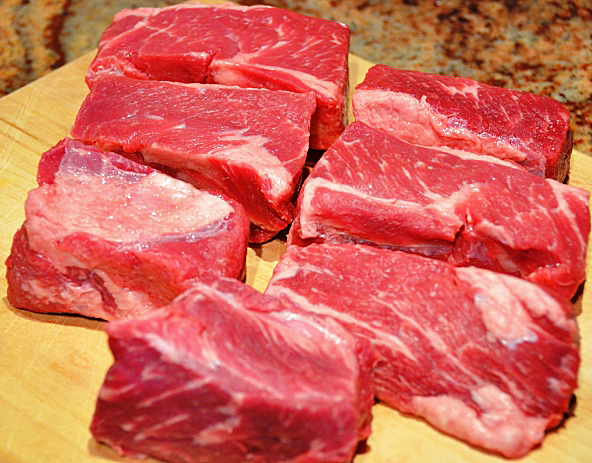
Braised short ribs are the basis for two of the recipes in Thomas Keller’s Ad Hoc At Home, Beef Stroganoff and Catalan Beef Stew. Although his recipes have more steps than many versions of these dishes, they can be completed ahead of time. In fact, as he also attests, the flavor improves with time so the short ribs are best cooked a day before you plan to serve them and up to three days ahead. Although he calls for one piece of boneless chuck short rib, I could only find this already cut into smaller portions, about one pound each. The parchment lid he calls for in step prevents the surface of the meat from being caramelized and lets steam out without letting the stock reduce too quickly during the long cooking process. My copy of the cookbook is missing the page of instructions for making the lid. No worries, it is as easy as a very basic paper snowflake without the extra cuts. Michael Ruhlman’s video on YouTube is helpful too.
Braised Beef Short Ribs
From Ad Hoc At Home
Red Wine Reduction

- 1 750ml bottle of dry red wine
- 1c diced yellow onion
- 1c peeled, diced carrots
- 1c sliced leeks (white and light green part only)
- 1 c thinly sliced shallots
- 1c thinly sliced button mushrooms
- 3 thyme sprigs
- 6 Italian parsley sprigs
- 2 bay leaves
- 1/2 t black peppercorns
- 3 large garlic cloves, smashed, skin left on
- Combine all the ingredients for the red wine braise in a large heavy pot, Le Creuset is my personal favorite. The pot should be large enough to hold all the meat comfortably.
- Bring to a simmer over high heat, reduce the heat to maintain the simmer, cook for about 45 minutes, or until the wine is reduced to a glaze.
Beef Braise
- 2 1/2 lbs boneless chuck short rib
- Kosher salt and freshly ground pepper
- All purpose flour
- Canola oil
- 1 c diced onion
- 2/3 c peeled, sliced carrots
- 1 1/2 c sliced leeks (white and light green part only)
- 2 garlic cloves, smashed, skin left on
- 3 thyme sprigs
- 2 bay leaves
- Enough beef stock to cover-about 5 cups
1. Trim any excess fat and sinew from the short ribs. Season all sides generously with salt and black pepper and coat with flour, shaking off any excess.
2. Heat oil over high heat in a large saute pan and add meat, fat side down, reduce heat and brown for 3 minutes. Turn meat over and brown other side. Transfer meat to a tray.
3. Preheat oven to 350F.
4. Add onion, carrots, leeks, garlic, thyme and bay leaves to the red wine reduction and toss together. Cut a piece of cheesecloth 4″ larger than the diameter of the pot. Moisten the cheesecloth and wring dry. Place over the vegetables and fold over the edges to form a nest for the meat. This prevents bits of vegetables from clinging to the meat. Put the meat on top of the cheesecloth and add stock until it comes to the top of the meat. Cut a parchment lid and place it over the meat.
5. Transfer the pot to the oven, reduce the heat to 325F and braise the beef for 1 1/2 to 2 hours, until the meat is very tender.
6. Transfer the meat to an heatproof container. Strain the braising liquid and strain it again as you pour it over the meat. The meat can now be refrigerated for up to 3 days. I used this in the Beef Stroganoff preparation, but it can also be used in beef stew, or sliced with its own juices.
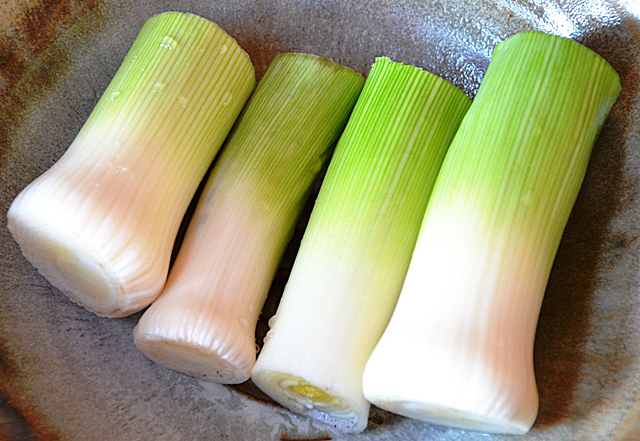
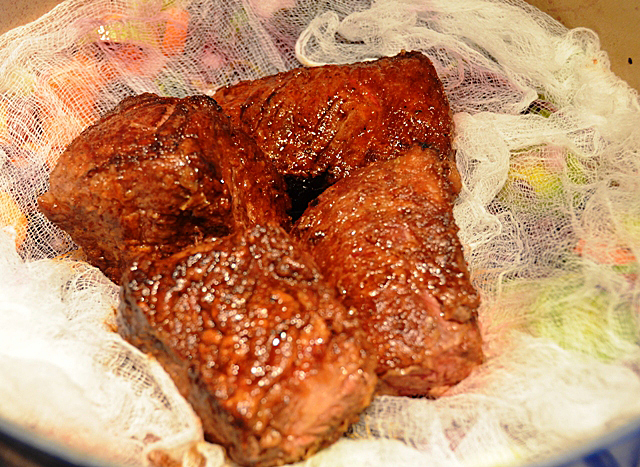
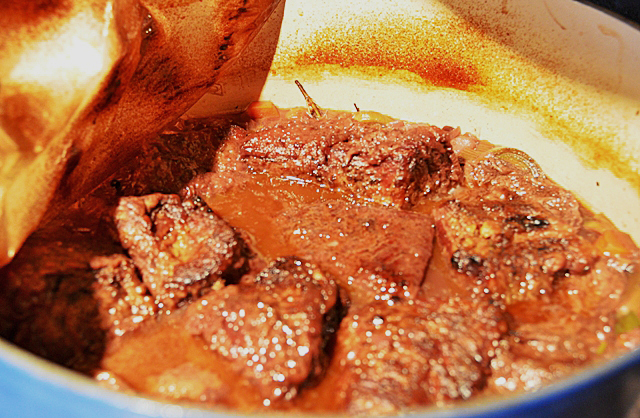






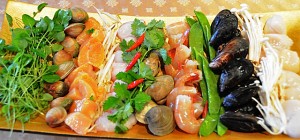
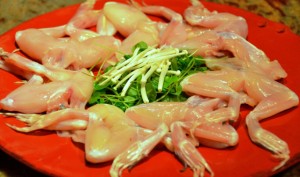
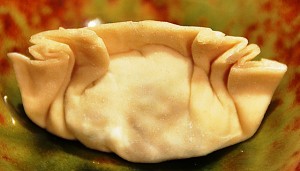
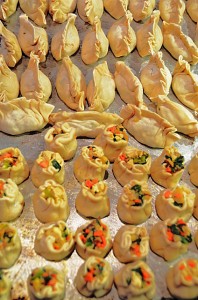
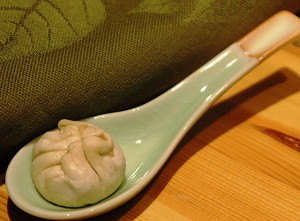
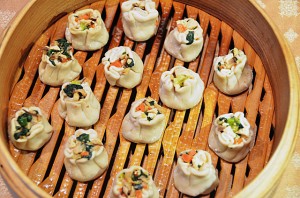

 Joe making his selections
Joe making his selections


